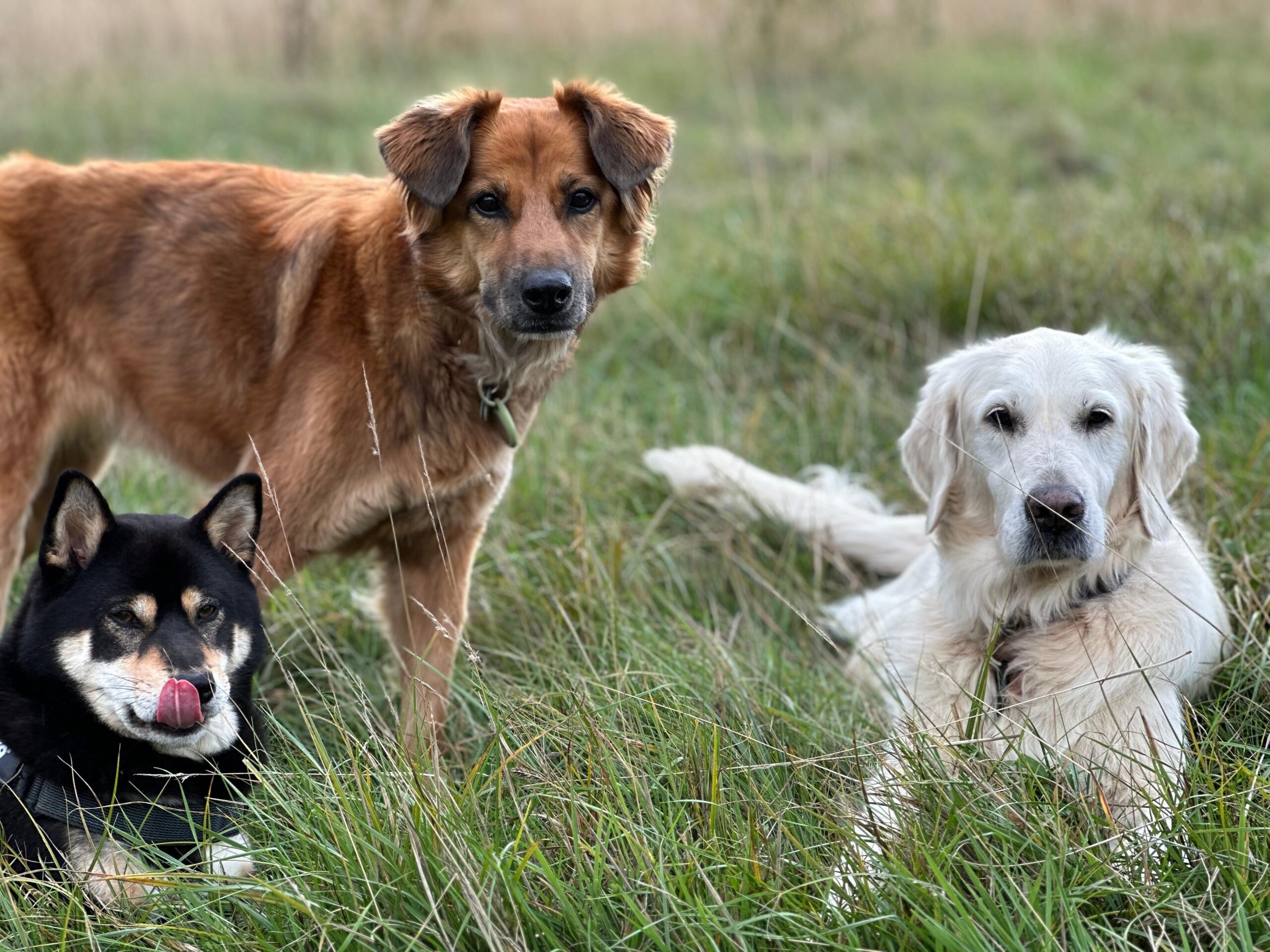Autumn is arguably the best time for walkies. The air is crisp, the sunlight is golden, and the ground is covered in a crunchy carpet of fallen leaves. It’s truly a sensory feast for both you and your dog.
But the changing season isn’t without its sneaky hazards. As the environment shifts and we start preparing for winter, a few seasonal dangers pop up that every good dog owner should know about.
Here are five key autumn hazards to watch out for to keep your pup safe and happy this season.
1. The Toxicity of Acorns and Conkers
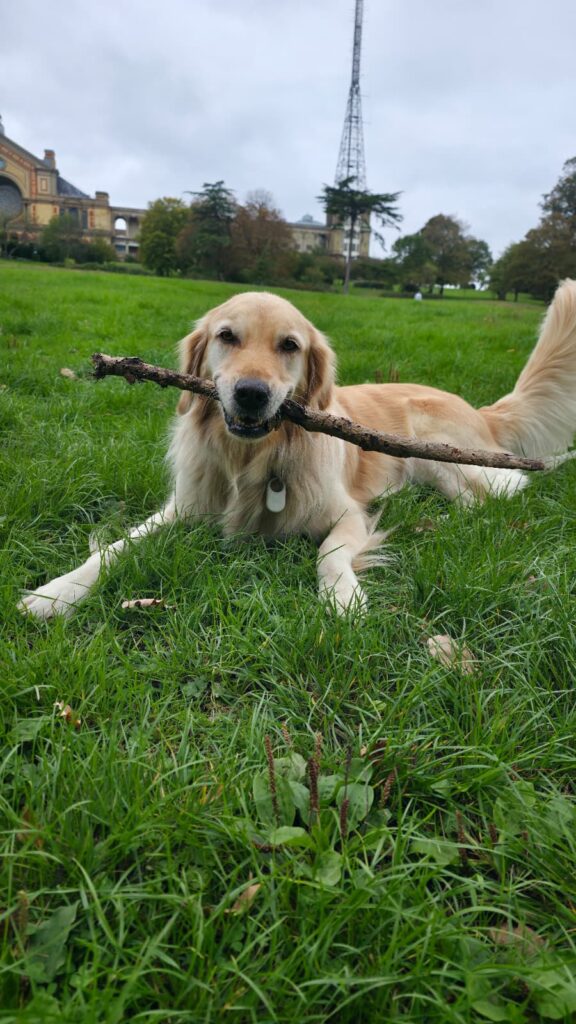
As the leaves fall, the ground is littered with the seeds of oak and horse chestnut trees—acorns and conkers. While your dog might see them as brilliant natural balls, they pose a dual threat:
- Choking & Obstruction Risk: They are the perfect size and shape to cause a blockage in your dog’s throat or intestines if swallowed whole.
- Toxicity: Both acorns and conkers contain a chemical called tannic acid (in acorns) and aesculin (in conkers) which are toxic to dogs and can cause severe stomach upset, vomiting, and even kidney damage in large enough amounts.
The Fix: Keep a closer eye on your dog than usual, especially near oak or chestnut trees. If they like to forage, consider swapping their freedom with a high-value toy (like a durable rubber ball) to keep their attention focused on something safe.
Find out more here
2. The Mouldy Mess in Leaf Piles
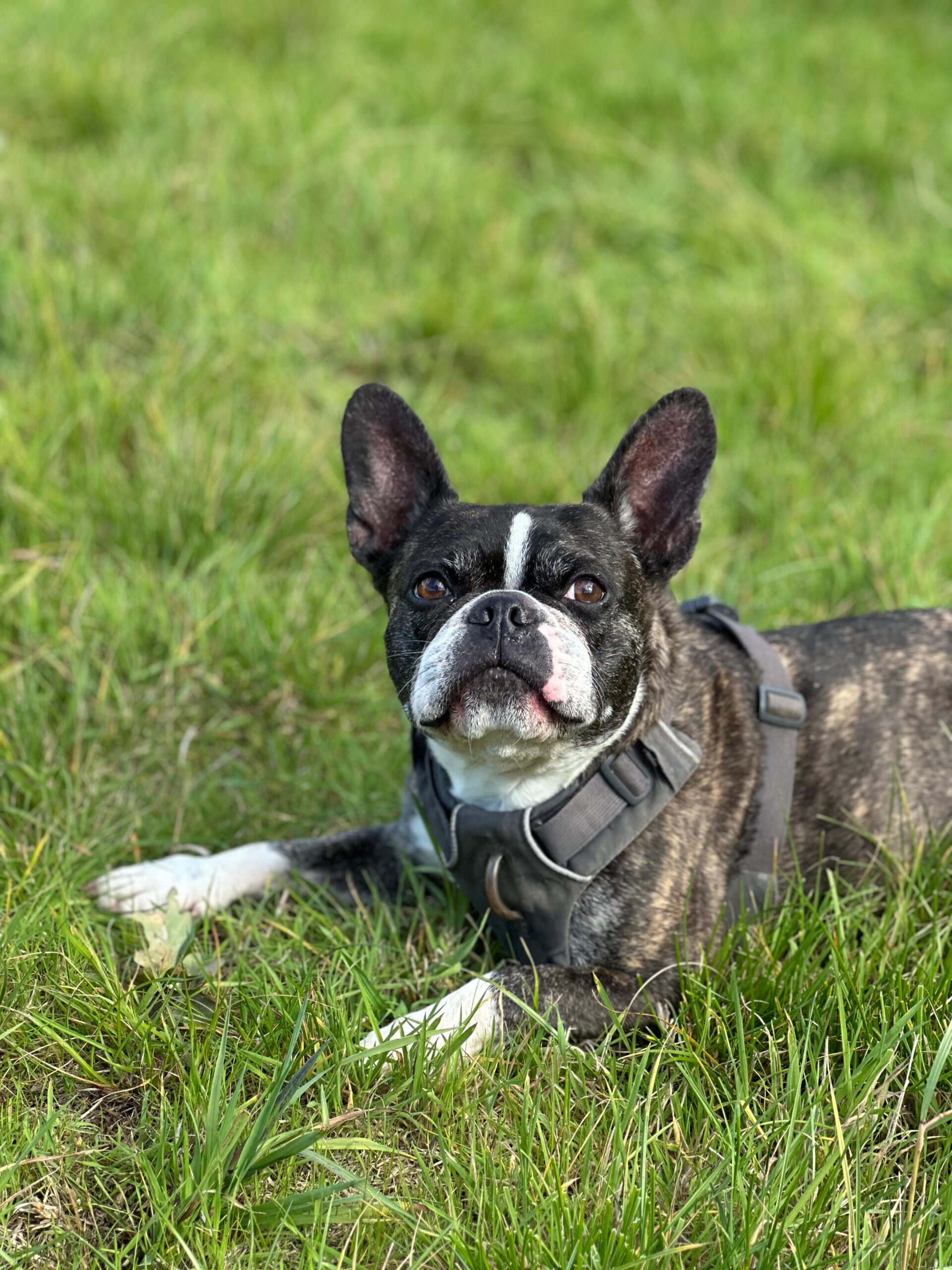
Your dog probably loves zooming through a massive pile of raked leaves, and it’s adorable to watch! However, those moist, decomposing leaf mountains can become breeding grounds for bacteria and a type of tremorgenic mycotoxin (a toxin-producing fungus).
If your dog digs into or ingests old, mouldy leaves or garden compost, they could become seriously ill with symptoms ranging from vomiting and diarrhoea to tremors.
The Fix: Rake those leaves quickly and bag them up immediately. If you’re walking through the woods or parks, try to steer your dog clear of large, wet, or decaying leaf piles and stagnant water.
Find out more here
3. The Sneaky Threat of Antifreeze
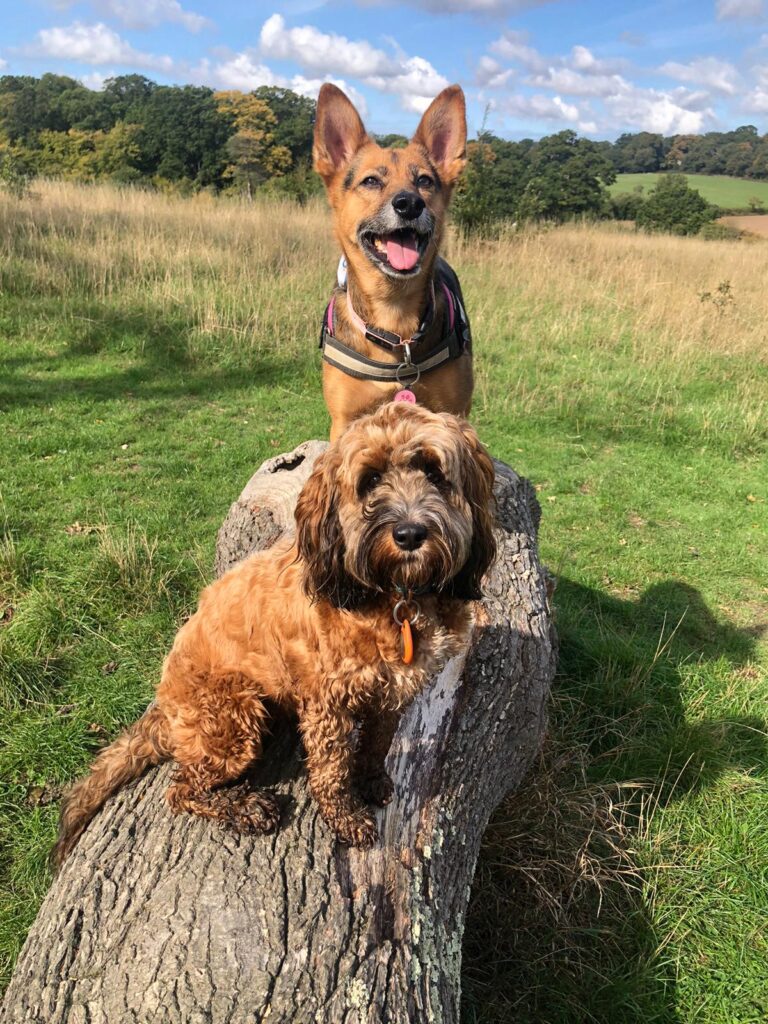
As the weather cools, many of us top up our cars or use antifreeze in our garden systems. The terrifying thing about this hazard is that the chemical compound (ethylene glycol) has a sweet, attractive smell and taste to dogs, meaning they can deliberately lap up even a small spill.
Even a tiny amount is highly poisonous and can lead to acute kidney failure if not treated immediately.
The Fix: Store antifreeze containers securely out of reach. If you use it, check your driveway and garage floor for any leaks or spills, and clean them up instantly and thoroughly.
Find out more here
4. Reduced Visibility on Darker Walks
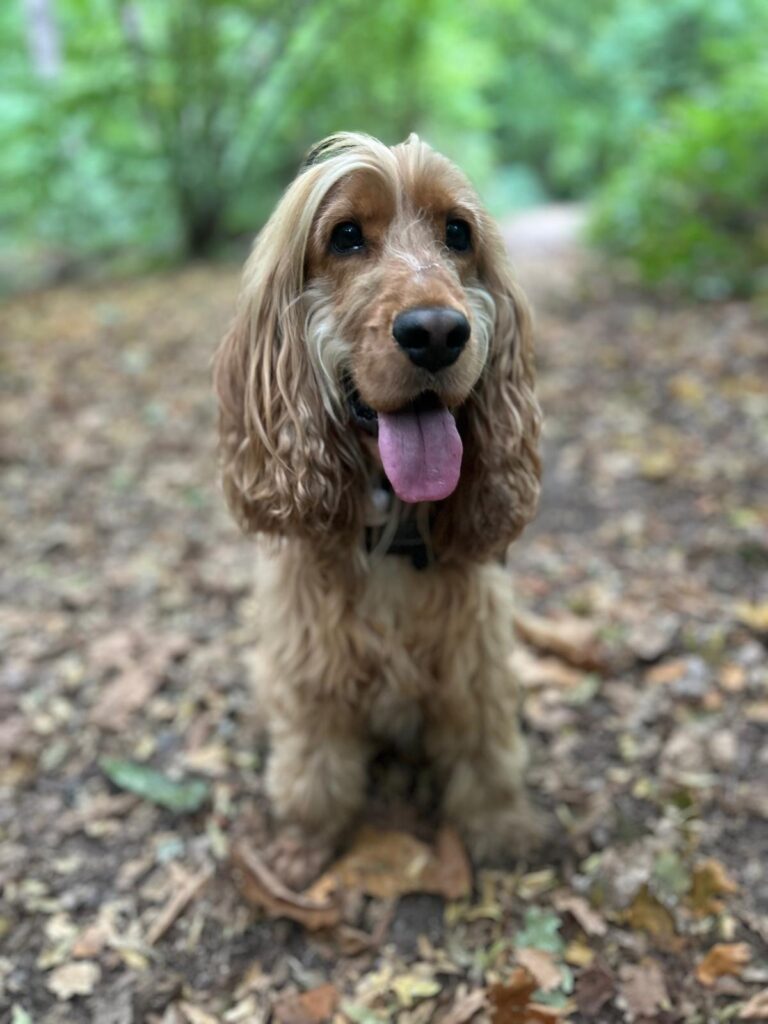
With the change in daylight hours, your evening walk is now a night-time stroll. Reduced visibility is a huge safety risk, especially when walking near roads or in busy parks.
The Fix: Make your dog a beacon! Invest in high-visibility gear. This means a bright, reflective harness or vest, and possibly a flashing LED light that clips onto their collar. Not only does this keep them safe, but it makes you more visible to cyclists and cars, too.
Find out more here
5. Fleas and Ticks are Still Active
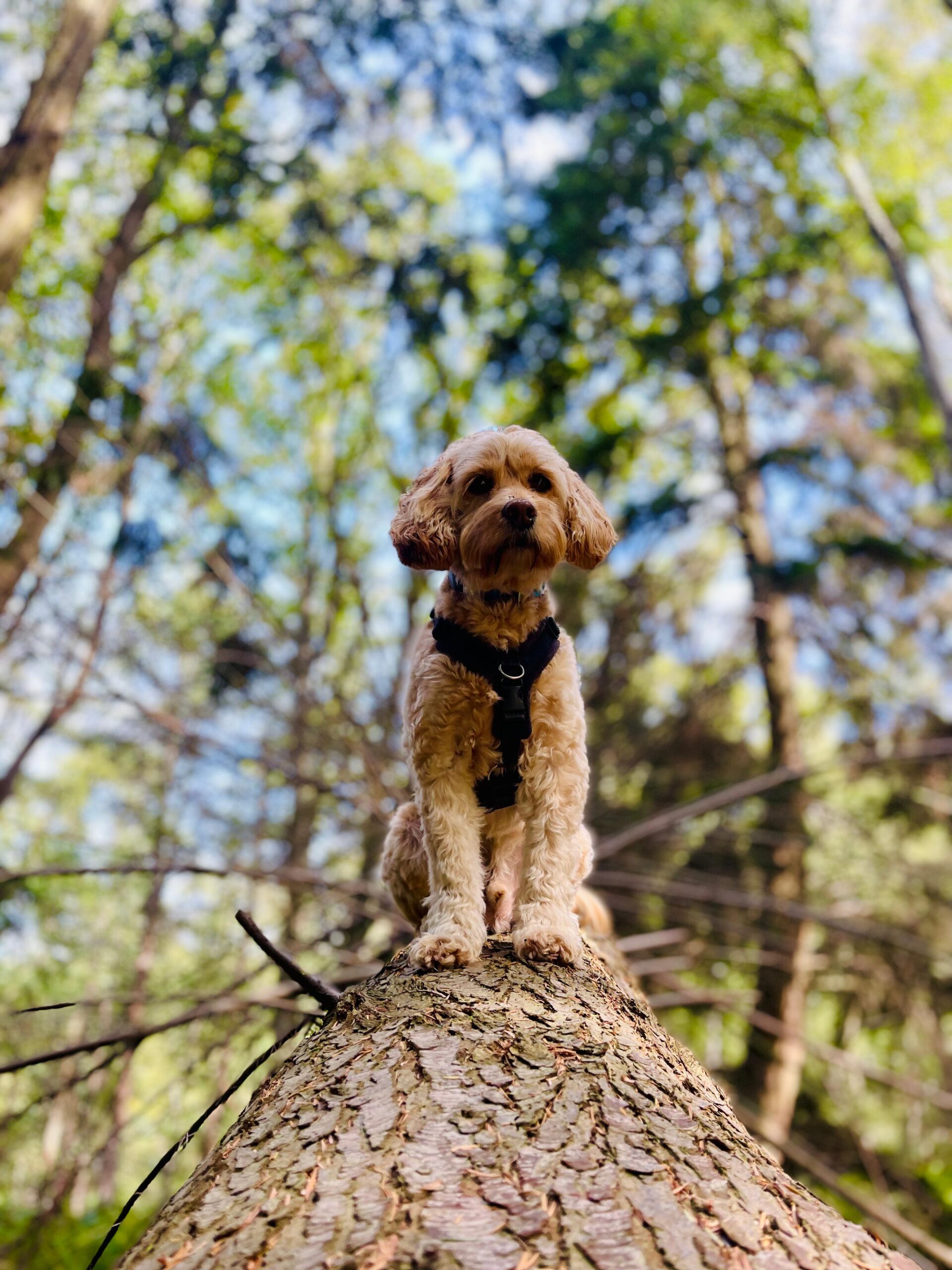
Many owners assume that once summer is over, they can relax on their parasite prevention—but this is a common misconception!
While the cold does slow them down, fleas and ticks can remain active well into the autumn, especially in sheltered, damp spots like long grass or undergrowth. Ticks are even known to survive throughout the winter.
The Fix: Don’t stop your preventative treatment! Continue with your dog’s regular flea and tick medication throughout the autumn and winter months, and always perform a quick “tick check” after every walk, paying special attention to their ears, paws, and armpits.
Find out more here
